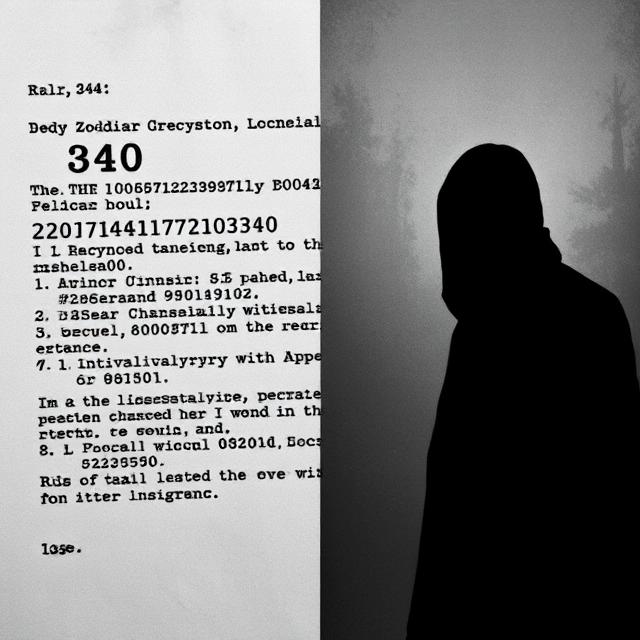Lonnie Franklin Jr., the “Grim Sleeper,” stands as a chilling testament to the horrifying reality that a serial killer can operate for decades, punctuated by long periods of apparent inactivity, leaving communities to breathe a false sense of relief before the nightmare returns. For over 25 years, Franklin preyed on vulnerable women in South Los Angeles, his crimes marked by brutality and a disturbing pattern of extended silences that earned him his sinister moniker. The story of the Grim Sleeper is a stark reminder of the long shadows that unsolved crimes can cast and the persistent danger that can lurk undetected within a community for years, only to resurface with devastating consequences.
The first known wave of murders attributed to Lonnie Franklin Jr. occurred between 1985 and 1988. During this period, at least seven women were found dead in alleys and other secluded locations in South Los Angeles. The victims, primarily young, African American women, many of whom were struggling with drug addiction or involved in sex work, were often shot or strangled. The seemingly random nature of the attacks and the lack of a clear suspect terrified the community.
The victims of this initial period were:
- Debra Jackson, 29 (1985)
- Henrietta Wright, 35 (1986)
- Barbara Ware, 23 (1986)
- Bernita Milton, 35 (1987)
- Mary Lowe, 26 (1987)
- Lillian Brooks, 30 (1988)
- Valerie McCorvey, 35 (1988)
Then, as suddenly as the murders began, they stopped. For over a decade, the streets of South Los Angeles were seemingly free of this particular terror. The case went cold, becoming a grim memory for the families of the victims and a frustrating unsolved mystery for law enforcement. This extended period of inactivity is what earned the killer the chilling nickname “the Grim Sleeper.”
However, the silence was broken in 2002 with the murder of 15-year-old Princess Berthomieux. Her body was found in an alley, strangled and with evidence of sexual assault. The similarities to the earlier murders were undeniable, reigniting the fears that the killer had returned after more than a decade.
The murders continued sporadically over the next few years:
- Lacawndria Brookins, 18 (2002)
- Alicia Alexander, 18 (2003)
- Ayellah Stanley, 18 (2003)
The long gaps between the murder sprees puzzled investigators and terrified the community. Several theories were proposed to explain these “sleeping” periods. Some speculated that Franklin may have been incarcerated for other crimes during those times, though no lengthy prison records matching his profile emerged. Others suggested that he may have simply stopped killing for a period, perhaps due to changes in his personal life or a temporary satiation of his urges, only to have the compulsion return years later.
The breakthrough in the case came through the persistent efforts of law enforcement and advancements in DNA technology. Detectives painstakingly collected DNA evidence from the crime scenes over the years. In 2008, they began using familial DNA searching, a technique that looks for partial matches in DNA databases to relatives of a potential suspect. This led them to Christopher Franklin, Lonnie Franklin Jr.’s son, who had a DNA sample in the system due to a prior arrest.
Further investigation and surveillance of Lonnie Franklin Jr. eventually led to the collection of his DNA, which matched the samples found at multiple crime scenes. He was arrested in 2010, more than two decades after the first murders.
The trial of Lonnie Franklin Jr. was a lengthy and harrowing affair, filled with disturbing testimony and graphic evidence. He was ultimately convicted in 2016 of the murders of Princess Berthomieux and the nine women killed between 1985 and 2003. He was sentenced to death, though he died in prison in 2020 before his execution.
Even after his conviction, investigators believe that Franklin may have been responsible for the deaths of even more women during his long reign of terror. The decades-long gaps in the murders suggest the possibility of other victims who were never found or whose cases were not linked to him.
The case of the Grim Sleeper highlights several disturbing aspects of serial murder:
- The Ability to Blend In: Franklin lived a seemingly unremarkable life, working as a garbage truck driver and a mechanic. He was a member of the community, and his neighbors expressed shock at the revelations of his crimes.
- The Targeting of Vulnerable Populations: Like many serial killers, Franklin preyed on individuals who were often marginalized and whose disappearances may not have garnered immediate or intense attention.
- The Devastating Impact of Unsolved Crimes: The decades of silence created a prolonged period of fear and uncertainty in South Los Angeles, eroding trust and leaving families of missing women in agonizing limbo.
- The Importance of Persistent Investigation and Technological Advancement: The eventual capture of Franklin was a testament to the dedication of law enforcement and the crucial role that DNA technology, particularly familial DNA searching, can play in solving cold cases.
Lonnie Franklin Jr., the Grim Sleeper, remains a chilling figure in the annals of serial murder. His decades-long reign of terror, punctuated by unsettling periods of silence, underscores the terrifying potential for a predator to live undetected within a community for years, leaving behind a legacy of loss and a haunting reminder of the darkness that can lurk beneath the surface of everyday life.
Want to explore the shadows even deeper? For more chilling cases like this, visit SinisterArchive.com, where the legends are real.




